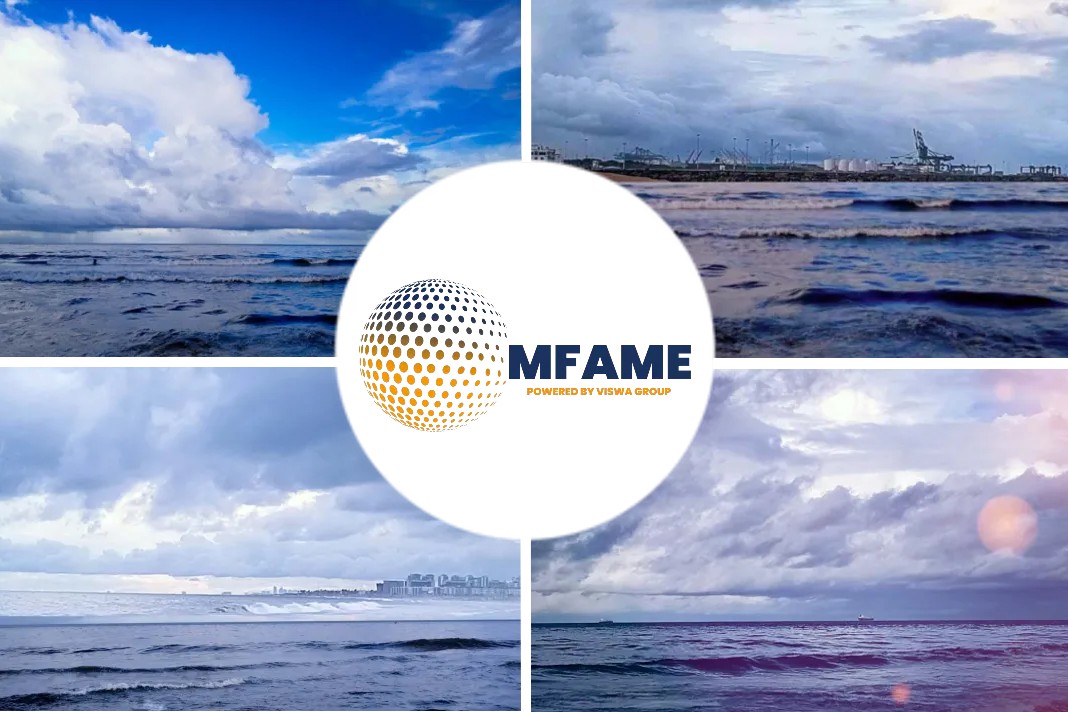Throughout history ship design has been dictated by the demands of trade and local conditions and available materials. Wood and sail have been the dominant choices through most of history until the 19th century when iron and steel replaced wood and mechanical power began to displace sail.
There are also other specialist ship types in the dry trades including cement carriers, livestock carriers, car carriers and more.
Let us have a deeper look into these details.
Bulk Carriers
Bulk carriers are the work horses of the shipping industry moving the raw commodities and semi-finished products around the globe. It is a sector plagued by overcapacity but solving that problem is not easy except in specific size or trade segments. By almost all measures, the bulk sector is the largest in shipping.
Bulk carriers are the simplest ships in terms of construction and specialist equipment. Most consist of a single skin hull with machinery and accommodation aft and a series of holds ranging from one on so-called mini bulkers through to nine on the largest ore carriers. Most of the Handymax sizes will have five cargo holds and Panamaxes seven.
For a long time the bulk sector comprised six basic segments by size; Mini (upto 9000dwt) , Handy (10-30,000dwt) , Handymax (30-60,000dwt), Panamax (60-80,000dwt), Capesize 80 – 200,000dwt) and Very Large Ore Carriers (VLOCs) above 200,000dwt. More recently Supramax/Ultramax and New or NeoPanamax have been added.
Multipurpose ships (MPPs)
These ships can carry bulk cargoes, containerised cargo, semi bulks such as steel and lumber and project cargo. They are multi-hold ships and frequently have one hold that is significantly longer than the others to be able to accommodate oversized pieces of project cargoes. Some MPPs also have vehicle ramps to allow cargo to be driven inside.
They are usually geared with many having some heavy lifting ability and cranes able to operate in tandem to load large and heavy items of cargo. MPPS are rarely above 25,000dwt which means that their trading range is rarely limited by port dimensions.
Ro-ro and car carriers
These ships are equipped with ramps that allow vehicles to be pulled or driven directly into the ship. Inside there are many different deck levels that in the Pure Car and Truck Carriers (PCTCs) can be hoisted to different levels allowing vehicles of different heights to be accommodated. Some ro-ros may also be equipped with cargo hatches allowing them to accommodate containers and these are usually referred to as Con-ros.
Small ro-ros are often employed on ferry services carrying trucks or unaccompanied trailers. If they accept more than twelve drivers to accompany their vehicles, they technically become passenger ships and much more stringent regulations are applied to them.
Container Ships
The container ship is very much a product of the logistics industry carrying standardised boxes that can be switched between almost all modes of transport with relative ease. The standard ISO container is typically 8 feet 6 inches square in cross section and 20 or 40 feet long. The use of non-metric measurements is a result of their USA heritage. However there are now many other common sizes in use reflecting the growth in road transport vehicle size.
Early container ships had a capacity of around 600-700teus (twenty feet equivalent units) but by the turn of the century vessels of Panamax size able to carry 4-5000teu were common. Today the size has mushroomed, and the largest ships afloat can carry 24,000teus.
Other Dry Cargo ships
As well as the types mentioned above, there are some other ship types operating in the dry cargo sector.
Cement carriers are specialised bulk carriers but the cargo is pumped in and out rather than loaded using cranes and grabs.
Livestock carriers are another specialist ship type used for the carriage of live animals.
Refrigerated cargo ships or reefers are generally small ships resembling MPPs but with refrigeration equipment to keep holds chilled.
Tankers & Gas Carriers
Tankers and Gas Carriers along with the related FPSOs FSOs FSRUs and FSUs are often lumped together but the two ship types are very different in construction and complexity.
Tankers can be used to carry a single commodity (crude oil tankers and wine tankers) or multiple different products (product carriers and chemical tankers) Those designed for single commodities usually have a simple interconnected pumping and piping system but for multiple commodities the cargo handling system allows for segregation of the commodities to avoid contamination.
Passenger Ships
Passenger ships are subject to many more safety regulations than cargo ships and must carry an appropriate level of lifeboats, life rafts and other equipment.
From small ferries to luxury cruise liners, passenger ships represent the most diverse segment of the world fleet. Although most are equipped with diesel engines, a few of the most recent are pure electric and rely on a battery and electric motors for propulsion. Others are hybrid ships which combine the battery with an engine.
Offshore Ships
This is another very diverse sector with ships ranging from platform service vessels to carry equipment and cargo to rigs to construction vessels and drill ships which build and take the place of rigs and other offshore facilities respectively.
Also included are crew transfer vessels and accommodation ships which carry and house the many workers needed to operate and build offshore oil, gas and wind facilities.
Did you subscribe to our daily newsletter?
It’s Free! Click here to Subscribe!
Source: Ship Insight
















